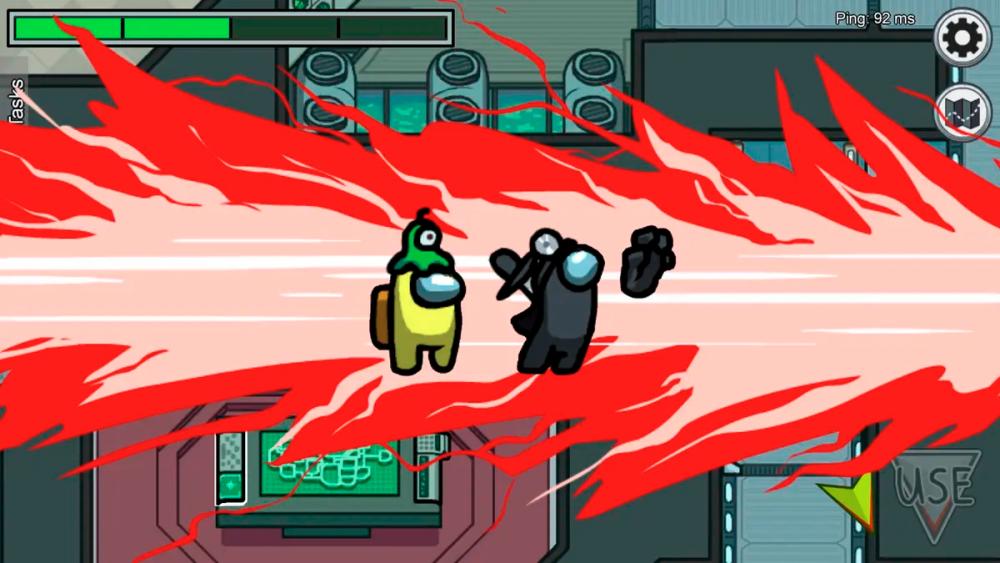ACCORDING to a 2021 report by Unity Technology, its Unity cross-platform game engine was the top choice with 61% of the developers who were surveyed using it.
The engine is used by many game developers, from AAA studios down to the most obscure indie developers.
Ever heard of Pokemon Go, Genshin Impact, Among Us, Beat Sabre or Cities: Skyline? These games run on Unity.
So, it was a bold move when the company announced a new pricing model on Sept 12 that immediately angered the video game developer community.
According to IGN, as summed up in the blog post by Unity, game developers will be charged a small fee every time someone downloads a game built on the Unity engine.
“It’s called the Unity Runtime Fee, and the new pricing model will apply to developers who reach a certain amount of installs and revenue,” the IGN article reads.
The loudest voices are coming from game developers of “freemium” games and gamers who are rallying behind them; freemium games cost nothing to download or play, but they rely on in-game purchases to make a profit.
A developer of Dead Static Drive going by the handle @kurtruslfanclub on X (formerly Twitter) gave an example of how the new royalty-based fee structure will affect game developers:
A free-to-play game is developed, and it makes US$200,000 (RM 938,300) from in-app purchases, but because it was installed millions of times, the developers may need to pay Unity more than the profit they made.
Game developers are rightfully pushing back hard on the new pricing structure that is planned to go into effect on January first next year.
Innersloth, the developers of Among Us, which has been installed millions of times, have announced they will port the game elsewhere if Unity goes through with their plan.
In the latest update at the time of writing, Axios’ Stephen Totilo has reported that Unity has “regrouped” over the pushback and is claiming that the company will only charge for the initial installation.
As this is a developing situation, things may change further down the line.









